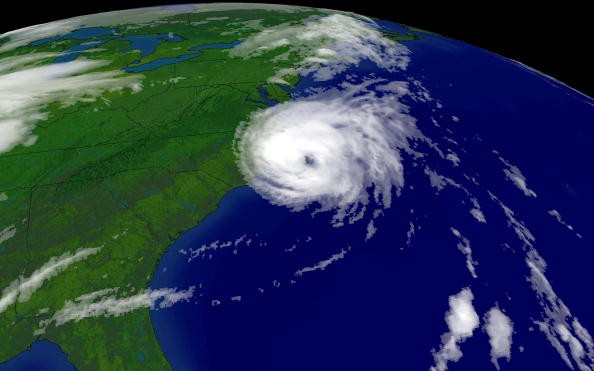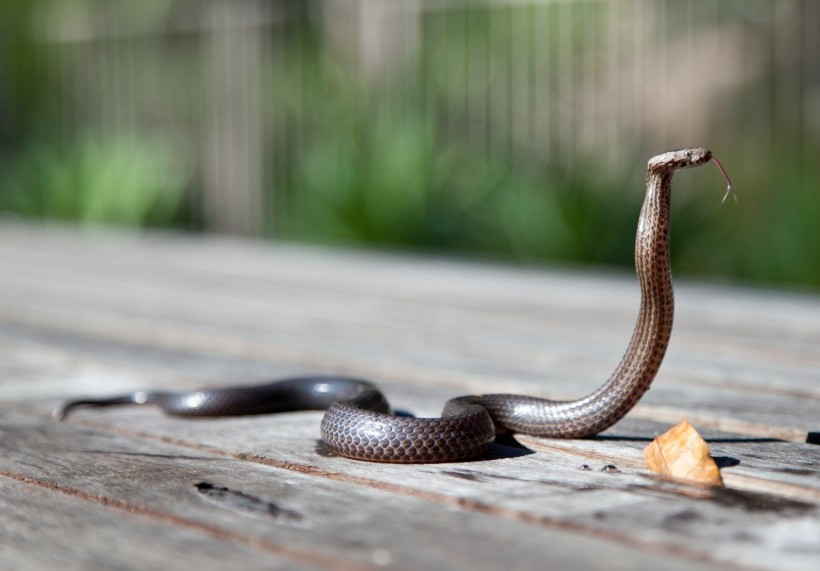Turns out the Pacific climate current occurrence not only has an effect on the Atlantic hurricane season, but there's also proof to back El Niño's effect on animal behavior, like snakes.

Snake Bites During Hot and Cold Phases of El Niño
An international team of researchers from Japan, Taiwan, and Costa Rica discovered that snake bites were much more rampant during hot and cold phases of El Niño, according to a report released in Science Advances.
According to the National Oceanic and Atmospheric Administration, Spanish for "the little boy," El Niño is a phase of the El Niño-Southern Oscillation cycle. The ENSO cycle portrays the changes in temperature between the ocean and atmosphere in the east-central Equatorial Pacific.
An ENSO cycle comprises three phases: a warm phase (El Niño), a cold phase (La Niña), and a neutral phase. El Niño events take place irregularly, every 2-7 years, and can bring about extreme weather activity in the Pacific and Atlantic oceans - usually contributing to the amount of named storms noticed during hurricane season.
Also Read: Atlantic Hurricane Season 2021: Here Are the Most Vulnerable Areas
El Niño Cycle
The Science Advances team discovered in Costa Rica that for every one degree increase in temperature, there was a 24% increase in the number of people bitten, but that number increased two to three times during hot and cold El ENSO cycles. The global sea-surface current does not affect serpents only.
Evidence proposes El Niño events can lead to disease in humans, too. In a 1998 study, the World Health Organization discovered that El Niño cycles are connected with diseases transmitted by mosquitoes, like malaria. A 2015 study by the U.S. National Library of Medicine discovered similar outcomes in studying diseases like chikungunya, dengue fever, and Zika.
Although, the latter could've been a result of the Zika virus pandemic taking place in that time. The study discovered that disease activity in ENSO-effected areas was 3% to 28% higher during years with El Niño events than those without. One cause for the spread is the ideal environmental conditions El Niño would make for carrier-species, like mosquitos, according to the WHO study.

Major El Niño Events
The elevated rainfall linked with a country would encourage mosquito breeding, thus leaving humans susceptible to disease. According to a study by the NOAAEl, Niño doesn't seem to be just unfortunate news for humans. El Niño "es el terrible" for penguins and other marine populations in the Galapagos.
In past major El Niño events, penguin populations have decreased due to the ENSO cycle's effect on upwelling, or the motion of cooler, and normally nutrient-rich water from the deep. El NIño decreases upwelling and the food supply in the close-surface waters. The source of upwelling is trade winds. El Niño can decrease trade winds greatly, and therefore cut the supply of food short.
Related Article: 5 Practical Tips to Prepare For Hurricane Season This 2021
For more news, updates about hurricane season and similar topics don't forget to follow Nature World News!
© 2024 NatureWorldNews.com All rights reserved. Do not reproduce without permission.





